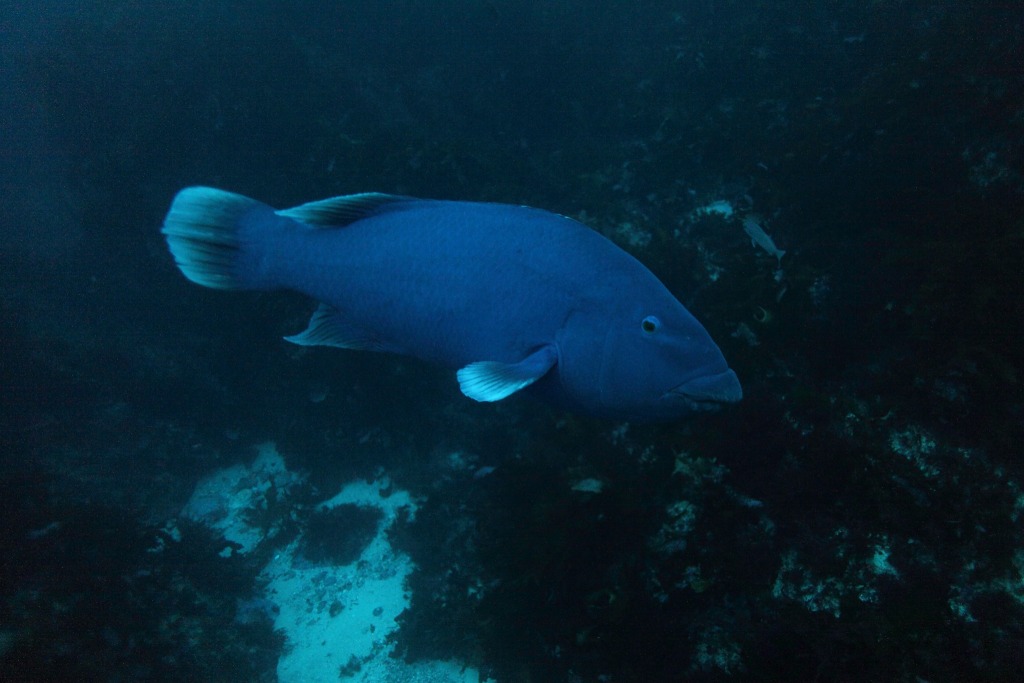Learning Summary
Students will the study the sustainability of the marine environment in an integrated literacy program using the texts ‘Blueback‘ and ‘The Deep‘ written by Western Australian author, Tim Winton.

Book blurb – Blueback:
Abel Jackson has lived by the sea at Longboat Bay ever since he could remember. He helps his mother each day and loves to dive. One day he meets Blueback, the biggest and most beautiful fish he has ever seen.
When Abel’s mother is approached by developers, she decides she must do something to protect their fragile piece of coastline, but can Abel and his mother save Blueback and Longboat Bay in time?
Book Blurb – The Deep:
Alice’s family lives by the sea. Every day they run down to the jetty and jump into the smooth, dark water. They look like a bunch of dolphins leaping and laughing. But Alice misses out. She’s afraid of the deep. She is afraid of what might be down there where the water turns from green to blue and you can’t see the bottom. Then, one day some new friends come into the bay and Alice forgets to be scared.
About the author:
Tim Winton has published 21 books for adults and children, and his work has been translated into 25 languages. Since his first novel, An Open Swimmer, won the Australian/Vogel Award in 1981, he has won the Miles Franklin Award four times (for Shallows, Cloudstreet, Dirt Music and Breath) and twice been shortlisted for the Booker Prize (for The Riders and Dirt Music). He lives in Western Australia.
Teacher preparation:
Background information on the key species in these lessons can be found in the Fact Sheets: Western blue groper and abalone.
You will require –
- a class set of the book, Blueback by Tim Winton,
- images of the different book covers of Blueback (there are at least 8 different covers),
- a copy of The Deep, by Tim Winton.
The Lesson: The Deep introduces the book The Deep, and requires the text in the book to be masked for the first reading.
The following chapters are suggested as shared whole class reading for the purposes of the discussions that may follow:
- Chapters 1 and 2 (Lesson: Introduction to Blueback) ,
- Chapter 7 (Lesson: Exposition), and
- Chapter 12 (Lesson: Ecological footprint).
Western Australian curriculum
| LEARNING AREA | STRAND | SUB-STRAND | CODES |
| English | Language | Text structure and organisation | ACELA1531, ACELA1504 |
| English | Language | Expressing and developing ideas | ACELA1512, ACELA1525 |
| English | Literature | Literature and context | ACELT1613, ACELT1619 |
| English | Literature | Responding to literature | ACELT1620, ACELT1609, ACELT1621, ACELT1614 |
| English | Literature | Examining literature | ACELT1622, ACELT1616 |
| English | Literacy | Interacting with others | ACELY1699, ACELY1709, ACELY1719, ACELY1710, ACELY1720 |
| English | Literacy | Interpreting, analysing, evaluating | ACELY1721, ACELY1701, ACELY1711 |
| The Arts | Visual arts | Making | ACAVAM115, ACAVAM116 |
| Science | Science understanding | Biological sciences | ACSSU112, ACSSU094 |
| Science | Science as a human endeavour | Use and influence of science | ACSHE100 |
| HASS | Knowledge and understanding | Civics and citizenship | ACHASSK117 |
| HASS | Knowledge and understanding | Geography | ACHASSK112 |
| HASS | Inquiry and skills | Analysing | ACHASSI099 |
| HASS | Inquiry and skills | Communicating and reflecting | ACHASSI105 |
Unit of work
| Lesson | Lesson summary | Outcomes | Additional resources required |
| Introduction to Blueback | This lesson is an introduction to the text, Blueback. Students will discuss the author, the different covers of the book and engage in a shared reading of the first chapter. |
|
|
| The language of Winton | Students will explore the descriptive language used in the text Blueback and the impact that this has on the reader to build meaning. |
|
|
| Imagery in words | Students will use the descriptive language provided to create an image of a setting in the text Blueback. |
|
|
| Exposition | Students will explore the features for an exposition and create a persuasive poster for a particular marine species or habitat. |
|
|
| Debate | Students will plan for and play a part in one side of a debate to either advocate for or argue against Costello’s way of fishing. |
|
|
| Ecological footprint | Students will investigate some human impacts on the marine environment and develop informative posters for their school community. |
|
|
| The Deep | Students will study the Tim Winton picture book, The Deep and compare the style of text to Blueback. |
|
|
| Fishing for abalone | In this lesson, students will consider the impact of overfishing and investigate the recreational abalone fishing rules. |
|
|
| Blueback | Students will study the Western blue groper in detail and compare the difference between the fiction text Blueback and their written informative text in terms of structure and language. |
|
|
